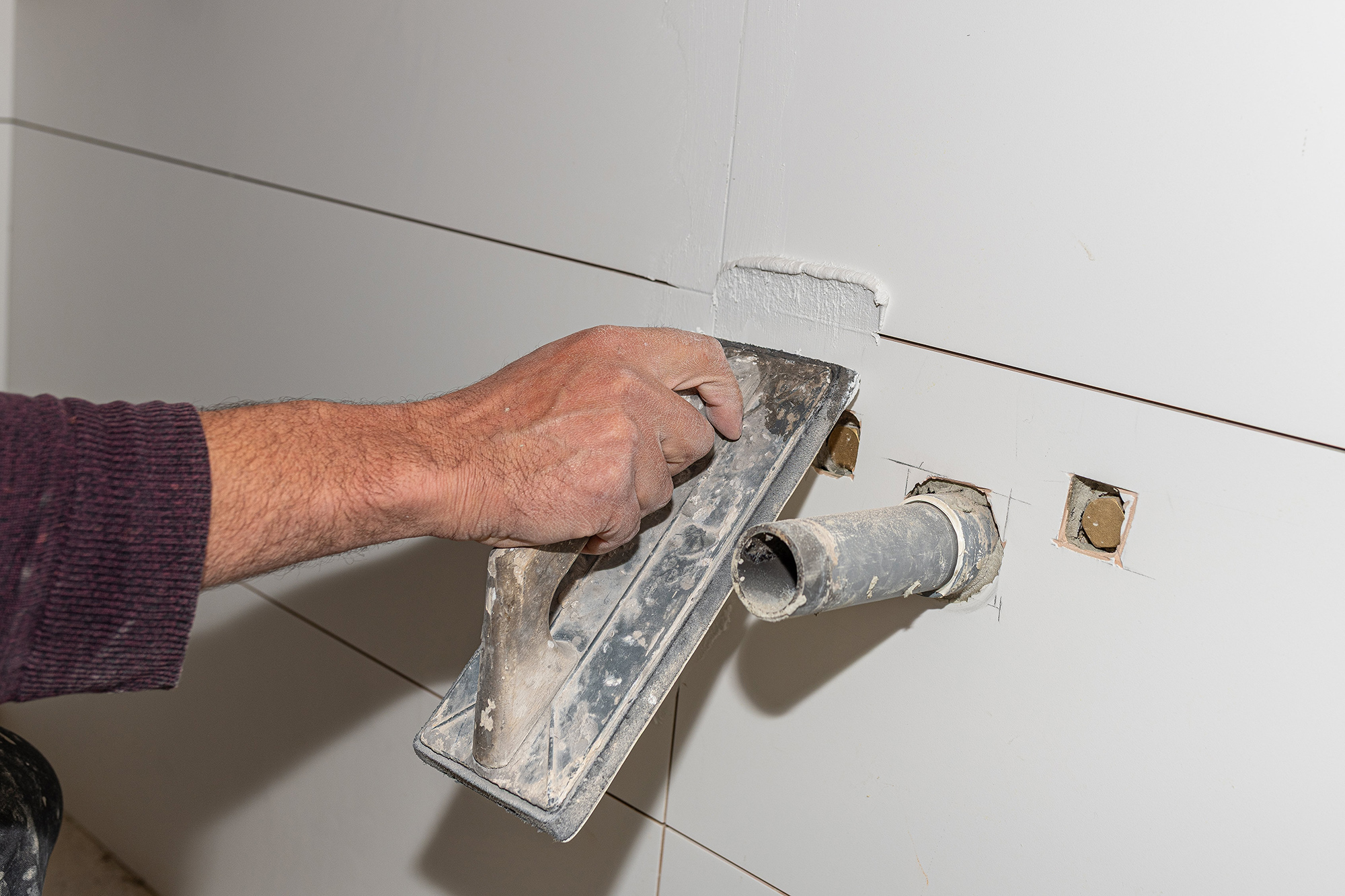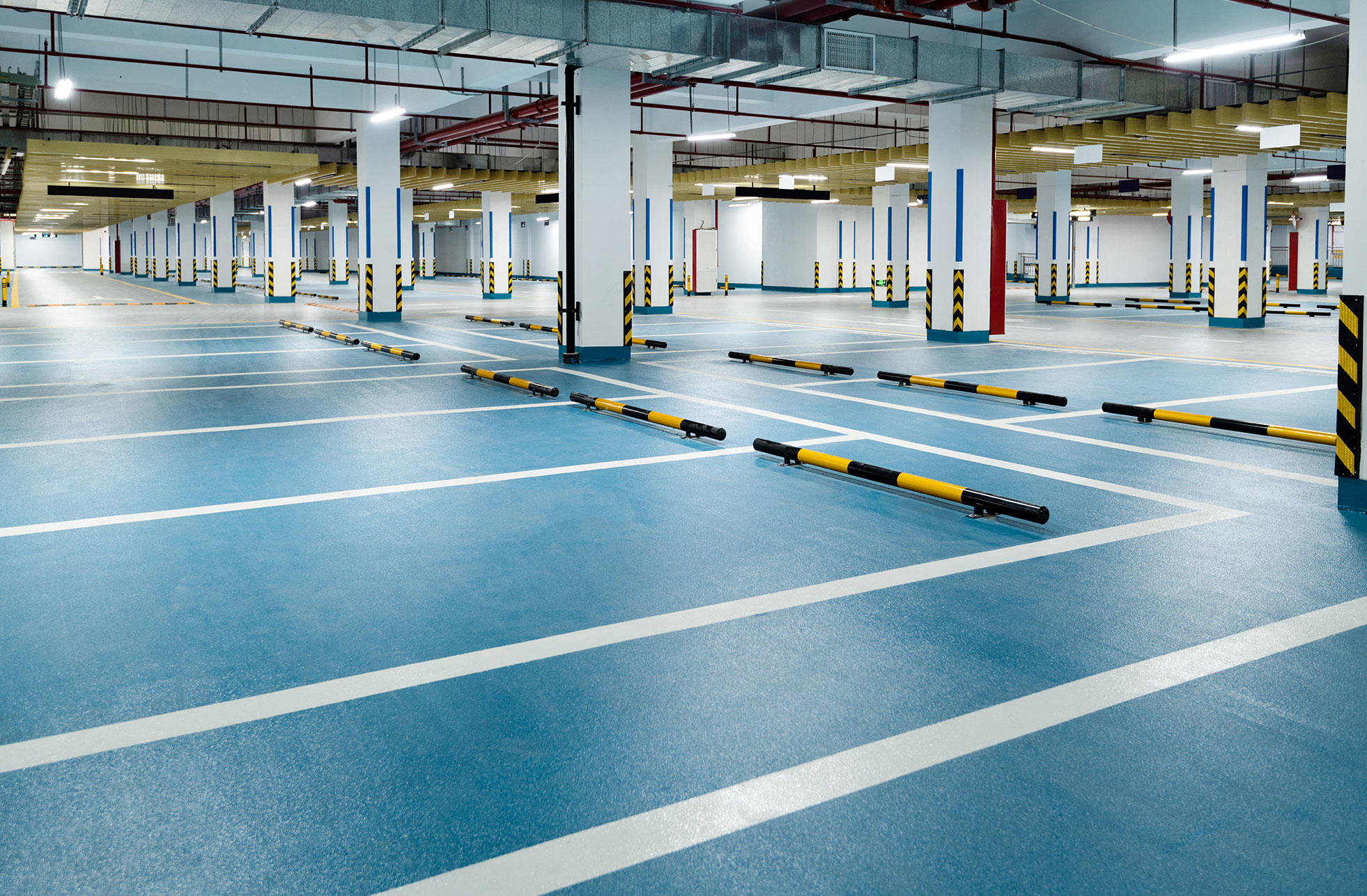
How to Pick the Best Tile Grout Joints for Bathroom Tiles? Expert Advice
ARDEX ENDURA
26 Jun 2025
04 Min
Choosing the right tile joint filler is essential for establishing the longevity and durability of your bathroom tiles. Using poor-grade tile joint grouts can cause lasting problems such as cracking, staining and mould.
Let’s discuss the types of fillers available, key factors to consider when choosing the right one and expert recommendations to help you make a beneficial decision.
Why Is Choosing the Right Joint Filler Important?
- Waterproofing Integrity: Grout fills the gaps between tiles, preventing water ingress that can damage substrates and cause mold growth. Using the wrong type can compromise the system.
- Mechanical Strength: Proper grout selection ensures the tiled surface can resist mechanical stresses, such as traffic loads and thermal expansion, without cracking or debonding.
- Chemical Resistance: In areas like bathrooms, kitchens, and industrial floors, grout must withstand cleaning agents, oils, and acids. The correct grout ensures long-term durability.
- Aesthetic Consistency: The right grout maintains consistent color and finish, enhancing the visual appeal of the tiled surface over time, resisting staining and efflorescence.
- Compatibility with Tile and Substrate: Choosing a grout that matches the tile’s material and movement characteristics prevents joint failure and tile damage.
- Improves Durability and Reduces Maintenance: High-quality tile fillers improve the durability of the tiles. They reduce the chances of wear and tear, thereby reducing the costs and frequency of maintenance required.
Types of Tile Joint Fillers (Grouts)
Cement-Based Grouts
These grouts are composed of a mixture of cement, water, and occasionally sand. With time, the mixture hardens and helps fill gaps efficiently. You can explore the following cement-based grout options from Ardex Endura for a long-lasting solution.
- Cement Polymer Grout: This cement polymer grout is suitable for both interior and exterior use, and is compatible with joint widths ranging from 1 to 6mm. It provides good strength and complies with the Migration Test specifications as per USFDA 175.300, and can be intended for both internal and external use.
- Wide Joint Grout: A popular choice for ceramic, clay, and concrete tiles, this wide joint grout is suitable for joints with a width of 3 to 12mm. Available in white and grey, water-based grout is easy to clean and provides immense strength and durability to the tile surface.
- Super Grout: A high-polymer modified grout, Ardex Endura's Super Grout is also water— and stain-resistant, and available in a range of colours. It is efflorescent and suitable for joints with widths of 1 to 6mm. Ideal for indoor and outdoor use, it possesses excellent water-repellent properties.
Epoxy Grouts
Epoxy grout is a durable grouting material that is composed of epoxy resin and filler particles. Its strong, durable and water-resistant properties are ideal for bathrooms and areas strongly affected by humidity. Some products worth considering include:
- Epoxy Grout: This high-performance epoxy grout is available in a multitude of shades. It is ideal for grouting ceramic, vitrified, industrial tiles, marbles, and more. Epoxy Grout is hygienic and chemically resistant. It is stain— and bacteria-resistant, and suitable for filling widths of 1 to 12mm.
- EG Pro: This non-sag epoxy grout is hygienic and chemically resistant. Its easy-to-clean properties make it ideal for submerged conditions. EG Pro provides high strength and durability to any surface to which it is applied.
How to Choose the Best Joint Filler for Your Bathroom Tiles?
- Consider Water Exposure: Bathrooms are exposed to high moisture. Use water-resistant or waterproof grouts, such as epoxy or polymer-modified cementitious grouts, to prevent water seepage.
- Select Suitable Color and Finish: Pick a grout color that complements your tile and maintains its appearance over time. Choose a smooth or sanded finish based on joint width and slip resistance.
- Check Joint Width Compatibility: Ensure the grout is suitable for the joint width (narrow joints may require unsanded grout, while wider joints need sanded or epoxy grout).
- Prioritize Ease of Maintenance: In bathrooms, easy-to-clean, mold-resistant grouts are ideal. Epoxy grout offers low maintenance but requires careful installation.
Step-by-Step Guide to Applying Tile Joint Filler
- Surface Preparation: Clean the tiles and joints thoroughly to remove every ounce of dust and debris.
- Mixing the Grout: Use the correct grout ratio as specified by the manufacturer.
- Applying the Joint Filler: Once the mixture is prepared, apply the filler evenly between the joints.
- Cleaning Excess Grout: Carefully scoop out the excess grout to prevent it from leaving a mark on your new tiles.
- Sealing: A sealer is applied to a cement-based grout to enhance water resistance.
Maintenance Tips for Long-Lasting Tile Joints
- Carefully clean the grout lines to prevent mould and stains from arising.
- Avoid harsh chemicals when cleaning grout. These chemicals can alter the properties of grouts, resulting in discolouration and weak fillers and tiles.
- Periodically check for cracks or gaps and repair them promptly to maintain the integrity of the structure.
Conclusion
Selecting the right tile joint filler is essential for the longevity and appearance of your bathroom tiles. By choosing high-quality products like those offered by Ardex Endura, you can ensure durability, aesthetics and long-term protection against moisture, stains, and surface damage.
Explore Ardex Endura's range of tile joint grouts to find the perfect solution for your needs.




